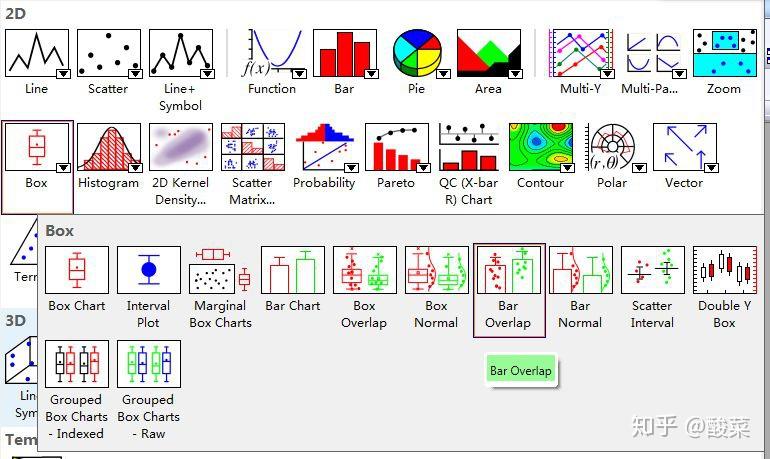

In addition to rapid mutagenic drift, in vitro studies have shown that the molecular features of E2 protect HCV from neutralization. Due to an error-prone RNA polymerase, HCV rapidly accumulates mutations, particularly at the 27 N-terminal amino acids of E2, termed hypervariable region 1 (HVR1) ( Fig.

The envelope glycoproteins E1 and E2 form the heterodimeric complex E1/E2 that is embedded in the virus envelope, mediates viral entry, and is the main target of NAbs ( 9).

HCV is a positive-strand RNA virus of the Flaviviridae family and persists in the human host through complex virus–host interactions ( 3, 8). This importance of structural dynamics of HCV envelope glycoproteins has critical implications for vaccine development and suggests that similar phenomena could contribute to immune evasion of other viruses. This regulation appears tightly linked with scavenger receptor BI dependency, suggesting a role of this receptor in transitions from closed to open conformations during entry. In conclusion, our study indicates that HVR1 and glycans regulate HCV neutralization by shifting the equilibrium between open and closed envelope conformations. Finally, we observed a strong correlation between neutralization sensitivity and scavenger receptor BI dependency during viral entry. This stabilizing effect was hierarchical as removal of HVR1 fully destabilized closed conformations, irrespective of glycan status, consistent with increased instability at acidic pH and high temperatures. Temperature-dependent neutralization (e.g., virus breathing) assays indicated that both HVR1 and protective glycans stabilized a closed, difficult to neutralize, envelope conformation. Indeed, the effect of removing each glycan was similar both in type (protective or sensitizing) and relative strength across four nonoverlapping neutralization epitopes. Also, glycan-mediated effects on neutralization sensitivity were completely HVR1-dependent, and neutralization data were consistent with indirect protection of epitopes, as opposed to direct steric shielding. Here, we observe large variation in the effects of removing individual E2 glycans across HCV strains H77(genotype 1a), J6(2a), and S52(3a) in Huh7.5 cell infections. However, this effort has proven challenging because HCV evades neutralizing antibodies (NAbs) through molecular features of viral envelope glycoprotein E2, including hypervariable region 1 (HVR1) and N-linked glycans. About two million new cases of hepatitis C virus (HCV) infections annually underscore the urgent need for a vaccine.


 0 kommentar(er)
0 kommentar(er)
